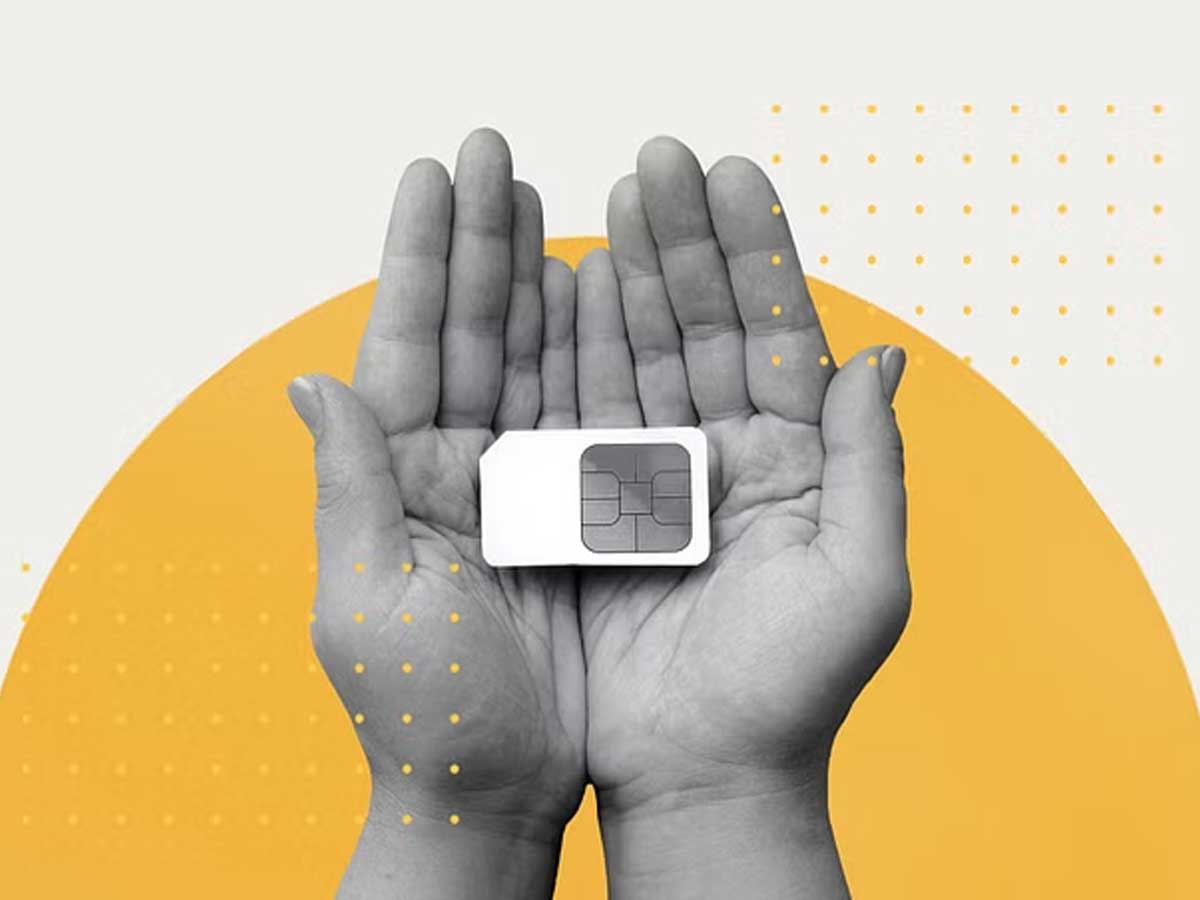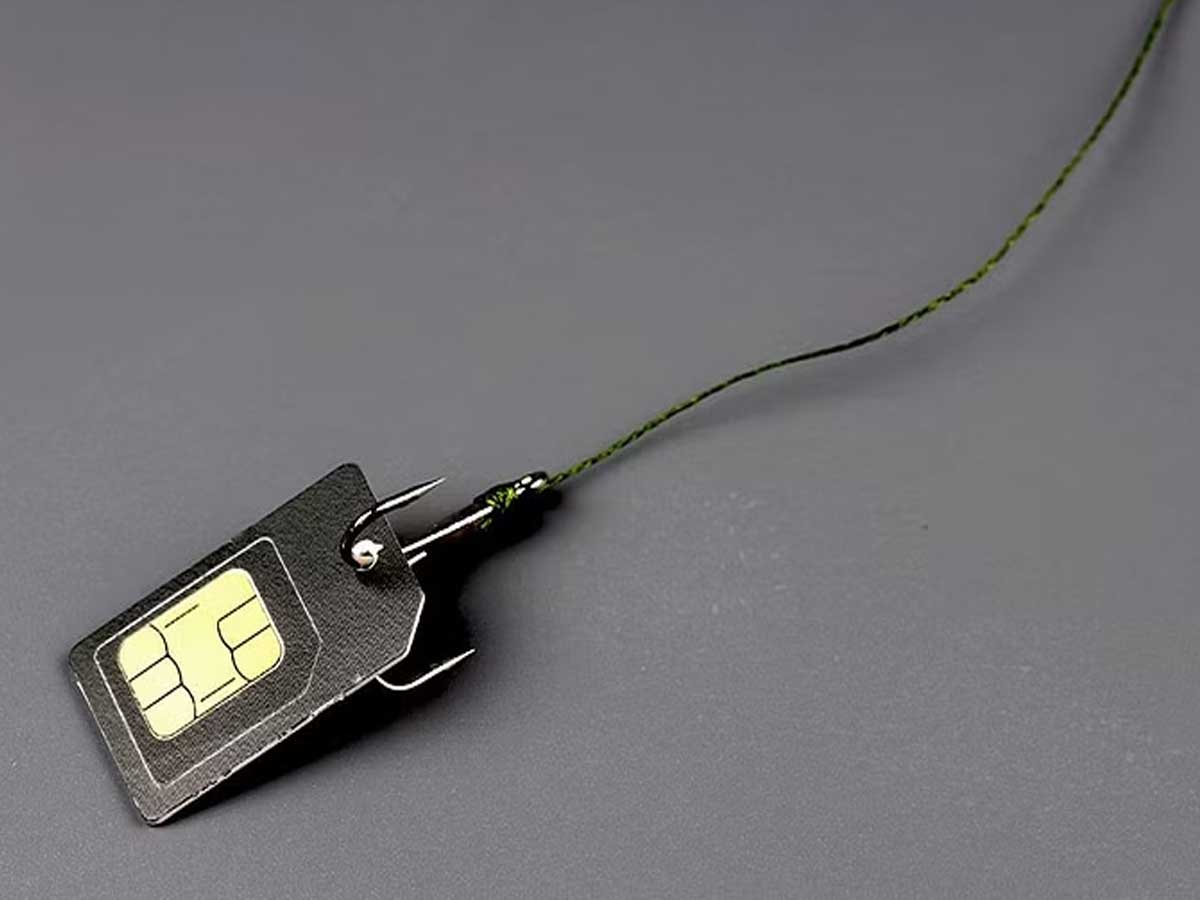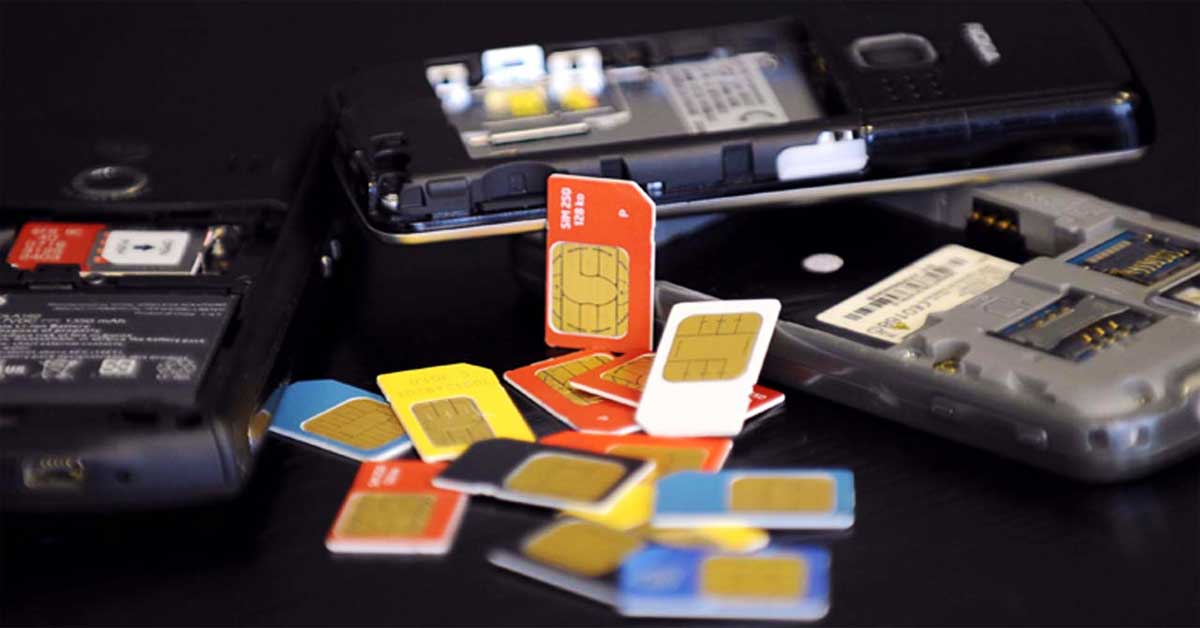In today's modern society, where smartphones have become an integral part of our lives, it's all too easy to overlook the vulnerability of the phone numbers we rely on. It's a fact that phone number recycling, a pervasive issue faced by countless apps and services, exposes us to significant privacy and security risks in this era of advanced mobile technology. Surprisingly, around 35 million phone numbers are recycled each year in the United States alone, underscoring the urgent need for us to grasp the implications and take proactive steps to safeguard ourselves.
As responsible users, we carry the weight of protecting our personal information from the security pitfalls that apps can sometimes present. But why is phone number recycling even necessary? In simple terms, it's a means to ensure that we maintain the limited pool of available numbers. Given the constant demand for new phone numbers, carriers resort to recycling inactive ones, which introduces a host of challenges and potential hazards we must remain vigilant about.
Exploring the Dangers and Obstacles of Phone Number Recycling

As we venture deeper into phone number recycling, it becomes evident that this practice brings forth a myriad of vulnerabilities and security risks that demand our immediate attention. Understanding these risks is crucial for individuals and service providers alike as we navigate the intricate landscape of digital security.
One prominent challenge stemming from phone number recycling lies in the fact that phone numbers are not as permanent as we tend to believe. Contrary to popular perception, they can be reassigned to new users after a period of inactivity. This constant state of flux opens up the possibility of security breaches and identity-related complications. It's important to recognize that even after we relinquish our phone numbers, they can still be linked to our personal information, rendering us susceptible to unauthorized access.
The susceptibility of phone numbers to hackers and unauthorized intrusion stands as a pressing concern in our technology-driven world. With the advancement of malicious tactics, cybercriminals have developed sophisticated methods to exploit these vulnerabilities. An example of such is SIM jacking or SIM swapping, a technique employed by attackers to gain unauthorized entry into accounts. By tricking mobile carriers into transferring a victim's phone number to a SIM card under their control, they gain the ability to intercept verification codes and take over targeted accounts. The consequences can be severe, encompassing identity theft, financial loss, and a host of other cybercrimes.

While individuals bear a significant responsibility for safeguarding themselves against security issues, app developers and service providers also play a vital role in addressing these concerns. Users must maintain vigilance over their digital presence and take proactive measures to protect their privacy and security. This includes exercising caution when divulging personal information linked to their phone numbers and adopting robust security practices like utilizing unique and intricate passwords, enabling two-factor authentication, and ensuring their apps and devices are up to date.
Simultaneously, it is imperative for app developers and service providers to prioritize user security and privacy. They should implement stringent security measures to safeguard user data, including encryption, secure authentication processes, and regular security audits. Moreover, they should educate users about the risks associated with phone number recycling and provide clear guidance on how to effectively fortify their accounts and personal information. By actively addressing these concerns, app developers and service providers can help mitigate the risks associated with phone number recycling, fostering a safer digital environment for all users.
History and Implications of Recycling Phone Numbers

To understand the significance of phone number recycling, it's crucial to examine its practical ramifications. Mobile carriers usually impose a waiting period prior to assigning recycled phone numbers to new users. This period can range anywhere from several months up to a year, depending on carrier policies, during which the number remains inactive, allowing a smooth transition between users, but even with this buffer in place, there can still be challenges and risks that arise from recycling phone numbers.
One major downside of recycling phone numbers is receiving misdirected calls and messages. Imagine this: you acquire a new number without realizing it previously belonged to someone else. Their friends, family, and business associates still have their contact info saved, leading them to mistakenly call you instead of sending messages intended for the previous user leading to unnecessary confusion as well as increasing privacy concerns associated with recycling numbers.
Long before smartphones were commonplace, phone numbers as an identifier were cause for alarm. Landline numbers typically corresponded with specific physical locations, but with their use as means of identification becoming ever more prominent through smartphone usage, these anxieties have only intensified further.

Recycling phone numbers has led to numerous incidents which demonstrate its potential risks. For instance, recycled numbers have become associated with financial services or sensitive personal data accounts unintentionally, leading to unauthorized access or compromised security. Furthermore, public figures and those in high-profile positions had trouble when their old numbers were reassigned, often leading to unwanted contact or even harassment from calls made directly to them.
SIM Jacking and Unauthorized Access
In phone number recycling, one of the most concerning techniques employed by attackers is SIM jacking or SIM swapping. This method involves manipulating the SIM card associated with a victim's phone number to gain unauthorized access to their accounts. Therefore, understanding how this process works is crucial for individuals to protect themselves against such security threats.

SIM jacking or SIM swapping begins with the attacker gathering personal information about the victim, often through social engineering or other means. Once armed with this information, they contact the victim's mobile carrier and pose as the legitimate account owner. Then, through convincing tactics, they persuade the carrier to transfer the victim's phone number to a new SIM card under the attacker's control.
With the victim's phone number now linked to the attacker's SIM card, they gain control over incoming calls, messages, and verification codes. This enables them to bypass security measures like two-factor authentication and control the victim's online accounts. As a result, they can impersonate the victim, access sensitive information, perform fraudulent transactions, and even cause reputational damage.
The ease with which attackers can manipulate SIM cards to gain unauthorized access is a serious concern. It highlights the vulnerabilities inherent in the phone number-based identification and authentication system. The impact of SIM jacking can be devastating, resulting in financial loss, compromised personal data, and even identity theft.

To protect against SIM jacking and unauthorized access, individuals should take several precautions. First, they should be cautious about sharing personal information online and be vigilant of phishing attempts or social engineering schemes. It is essential to use strong and unique passwords for online accounts, implement two-factor authentication wherever possible, and regularly monitor account activities for any suspicious behavior.
Furthermore, mobile carriers and service providers play a crucial role in combating SIM jacking. They should enhance their customer verification processes to ensure that requests for SIM card transfers are rigorously scrutinized. By implementing stricter protocols, conducting regular security audits, and educating customers about the risks of SIM jacking, carriers can reduce the likelihood of successful attacks and protect their users' accounts.
Security Issues with Recycled Phone Numbers
The world of recycled phone numbers is fraught with various security risks that individuals and service providers must be aware of. These risks can have serious consequences for personal privacy and account security. Let's explore some of the key security issues associated with recycled phone numbers.
- PII Indexing: Personal Identifiable Information (PII) indexing occurs when a recycled phone number becomes associated with an individual's personal data, allowing unauthorized access to sensitive information.
- Account Hijackings via Recovery: Attackers can exploit the recovery process of accounts linked to recycled phone numbers, manipulating verification methods to gain unauthorized access.
- Account Hijackings Without Password Reset: In some cases, attackers can take over accounts without needing to reset the password by leveraging the access provided through the recycled phone number.
- Targeted Takeover: Recycled phone numbers can become targets for specific individuals or groups seeking to gain control of accounts, posing a significant threat to their privacy and security.
- Phishing: Attackers may use recycled phone numbers to send phishing messages, tricking individuals into providing personal information or clicking on malicious links.
- Persuasive Takeover: This technique involves attackers convincing service providers to transfer a recycled phone number to their control, enabling them to access associated accounts.
- Spam: Recycled phone numbers may receive a barrage of unsolicited messages, exposing individuals to spam and potential security risks.
- Denial of Service: Attackers can intentionally flood a recycled phone number with requests, rendering it unavailable for legitimate use and disrupting an individual's communication.
Case Study on Security Issues with Recycled Phone Numbers
A study conducted by researchers at Princeton University shed light on the security issues surrounding recycled phone numbers. The findings highlighted the exposure of personal information tied to recycled numbers and the weaknesses present in carrier interfaces and policies.
The study revealed that despite carriers implementing waiting periods before recycling phone numbers, residual links to previous owners' accounts and associated data still existed. This inadvertently exposed personal information to new owners, creating privacy risks and the potential for unauthorized access to accounts.
Additionally, the researchers identified vulnerabilities in carrier interfaces and policies, which could be exploited by attackers. The flaws in the systems and procedures involved in phone number recycling pose a significant challenge to ensuring the security and privacy of individuals.
Recommendations for Mitigating Risks
To mitigate the risks associated with recycled phone numbers, several solutions and recommendations can be considered:
- Warning messages and clear policies regarding number changes should be implemented by service providers, ensuring individuals are aware of the potential risks and take necessary precautions.
- Imposing limits on the number of inquiries and change requests can help prevent attackers from repeatedly attempting to gain control of recycled phone numbers.
- Offering number parking services for inactive subscribers allows individuals to retain ownership and control over their phone numbers, reducing the chances of unauthorized access.
- Replacing SMS authentication with email authentication can enhance security, as email accounts are less susceptible to SIM jacking attacks.
- Monitoring user logins and detecting suspicious activity can help service providers identify and respond to potential security breaches promptly.
- Individuals should update their new phone numbers in online accounts and avoid sharing Personally Identifiable Information (PII) unnecessarily to limit the exposure of personal information.
- Utilizing email authentication, avoiding password reuse across multiple accounts, and promptly reporting phishing and spam messages can contribute to enhanced security.
- Considering the use of soft token services, which generate unique verification codes, and verifying messages with carriers can provide additional layers of protection against unauthorized access.
As we delve deeper into the world of recycled phone numbers, we uncover a myriad of privacy and security risks that demand our attention. These risks encompass unauthorized access to personal information and the potential for compromising our identities. However, by maintaining constant vigilance, regularly updating our information, and embracing robust security measures, we can reclaim control over our digital existence and shield ourselves from the dangers posed by number recycling. Let us embark on a collective journey, bound by our shared dedication to preserving our digital identities and establishing a future where privacy and security flourish. Together, we possess the ability to unlock a realm where recycled phone numbers cease to be a source of threat, enabling us to traverse the digital landscape with confidence and tranquility.
Sources: telesign.com / thesecmaster.com / recyclednumbers.cs.princeton.edu / bitdefender.com












